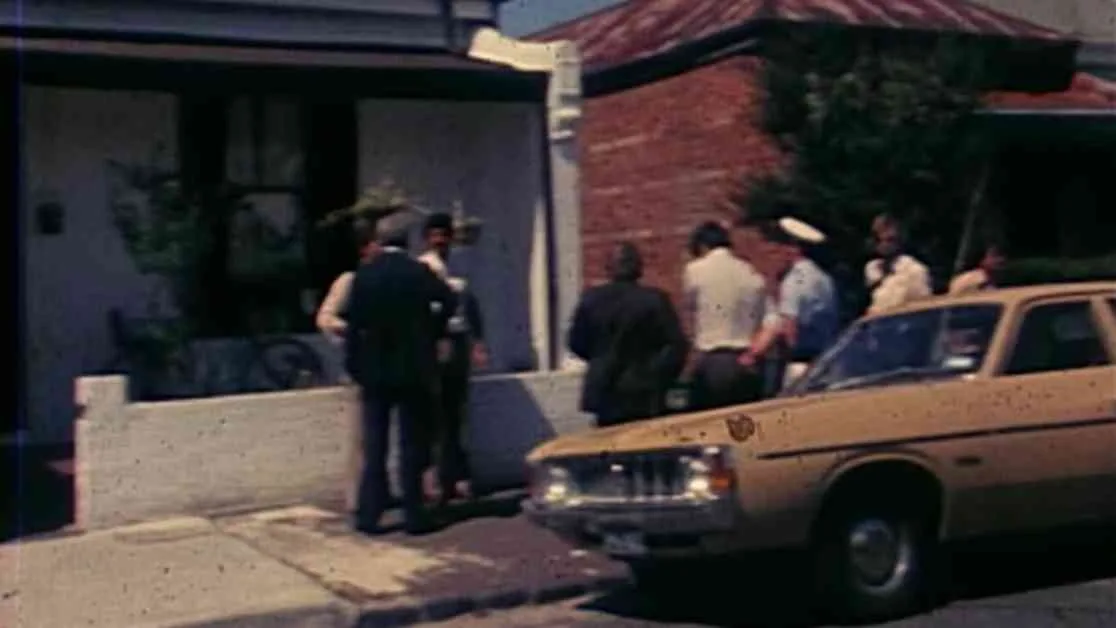In a stunning turn of events, the notorious Easey Street killer has been captured after decades of eluding authorities. Perry Kouroumblis, who was just 17 years old at the time of the brutal murders of Suzanne Armstrong and Susan Bartlett in 1977, was arrested at Rome’s Leonardo Da Vinci Airport in Italy. The case, which had remained unsolved for 47 years, has now seen a breakthrough thanks to a clever deception orchestrated by Victorian detectives.
The Deceptive Sting Operation
It is believed that detectives may have lured Kouroumblis out of his safe haven in Greece with a cunning trap. With dual nationality in both Australia and Greece, Kouroumblis had been shielded from extradition due to local laws that prevented his removal from Greece. However, the detectives’ strategic move to entice him to Italy proved successful, as Australia shares a favorable extradition treaty with the European country.
According to sources, the plan to draw Kouroumblis out of Greece was a well-thought-out strategy considering the legal barriers in the country. Professor Donald Rothwell, an expert in international law, noted that the alleged killer would likely have remained untouchable had he stayed in Greece. The extradition laws, coupled with his dual citizenship, created a loophole that hindered justice from being served for nearly five decades.
A City Plagued by Fear
The Easey Street murders sent shockwaves through Melbourne in the 1970s, transforming the city into a place of fear and uncertainty. In a time when leaving doors unlocked and curtains open was the norm, the vicious killings of Armstrong and Bartlett shattered the community’s sense of security. The victims, described as “party girls” in media reports, were unjustly scrutinized and labeled, adding to the tragedy of their deaths.
Former homicide detective Peter Hiscock reflected on the challenges faced during the investigation, highlighting the lack of technological advancements that are commonplace today. Without the aid of CCTV cameras, DNA evidence, or fingerprint databases, detectives relied on outdated methods to solve the case, leading to false leads and delays in apprehending the perpetrator.
A Breakthrough in Cold Case Investigations
The arrest of Perry Kouroumblis marks a significant milestone in Victoria’s history of cold case investigations. Chief Commissioner Shane Patton praised the dedication and perseverance of the detectives who tirelessly worked to unravel the mysteries surrounding the Easey Street murders. Through advancements in technology and investigative techniques, the case that had remained dormant for over four decades finally saw a breakthrough.
The Interpol red notice that triggered Kouroumblis’ arrest in Italy included charges of murder and rape, painting a grim picture of the crimes he is accused of committing. The Chief Commissioner emphasized the heinous nature of the murders, describing them as “gruesome, horrific, frenzied homicides” that demanded justice, regardless of the passage of time.
As the details of the sting operation unfold, the public remains captivated by the events that led to the capture of a long-elusive killer. The intricate web of deception woven by the detectives underscores the lengths to which law enforcement will go to ensure that justice is served, even in cases that have remained unsolved for decades. With Kouroumblis now in custody, the families of Suzanne Armstrong and Susan Bartlett can finally find closure after enduring years of uncertainty and anguish.






















